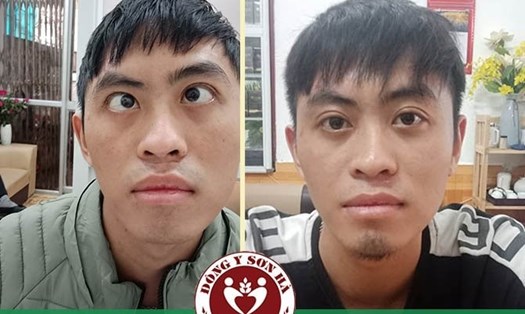Suitable age for strabismus correction
According to Dr. N Soumittra, Head of Pathology, Ophthalmology, MedGenome (India), the correction of strabismus depends on many factors, but usually, the best age to treat strabismus is between 2 and 4 years of age. At this time, the eyes and brain are still developing strongly and correcting strabismus will help avoid long-term vision problems, such as loss of depth perception (lazy eye) or abnormal cosmetic development.
Strabismus can occur for a variety of reasons and Dr. Soumitra has listed some of the main reasons as follows:
Problems with the eye muscles or nerves that control the eye muscles: If the eye muscles don't work together or if the nerves that control the eye muscles are damaged, the eyes may not move properly, leading to strabismus.
Genetics: Strabismus can run in families, and if a parent or relative has a history of strabismus, the chances of a child developing the condition are higher.
Nearsightedness or Farsightedness: People who are nearsighted or farsighted can easily develop strabismus if their vision problems are not properly corrected.
Uncorrected vision problems: If refractive errors (such as nearsightedness, farsightedness, astigmatism) are not detected and treated early, they can cause strain on the eye muscles, making it impossible for the eyes to work together properly, leading to strabismus.
Underlying health conditions: Certain medical conditions such as stroke, brain tumors, or other neurological problems can affect the functioning of the eye muscles or eye nerves, causing strabismus.
Eye injury: A serious injury or accident affecting the eye area can damage the muscles or nerves that control eye movement, resulting in strabismus.
Dr. Soumitra also emphasizes that early intervention is important to avoid permanent vision problems and to help achieve better treatment outcomes. While strabismus can be corrected in adults, treatment is different than in children and can be more complex. If you or someone you know is experiencing strabismus, prompt diagnosis and treatment is important to minimize future vision complications.
Is it possible to treat squint without surgery?
Dr. Soumitra shares that strabismus can be treated without surgery, especially if caught early. Nonsurgical options include:
Prescription glasses: Correct refractive errors such as nearsightedness and farsightedness.
Eye exercises: Improve coordination between the two eyes.
Prism glasses: Correct mild or intermittent strabismus.
Eye patch therapy: For amblyopia, cover the strong eye to develop the weak eye.
Botox injections: Temporarily weaken certain eye muscles to improve alignment.
Surgery: For severe or persistent cases of strabismus.








